This Woman Ran 314 Miles Across Tennessee in 4 Days — and Still Got to Sleep at Night
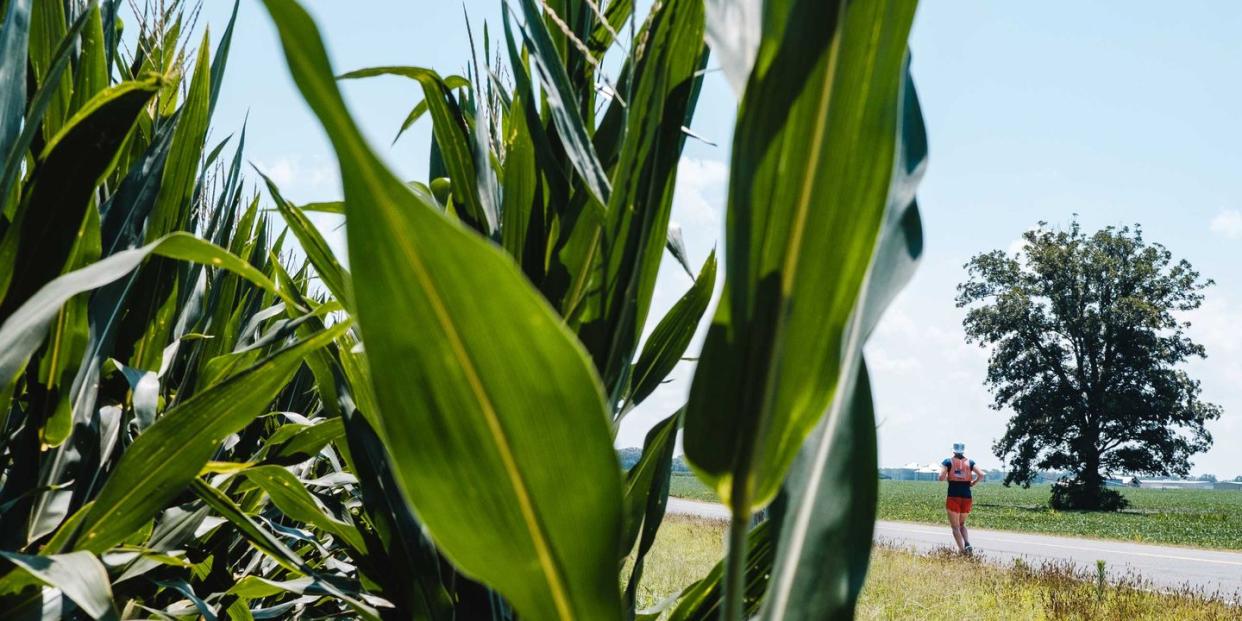
The 2019 Vol State ultra kicked off on Thursday, July 11. The following story documents the journey of Rhoda Smoker, who competed in the 2018 edition of the race.
When you hear about an ultra in the state of Tennessee, it usually stirs up images of the famed Barkley Marathons. Though the state’s namesake ultra is the crown jewel of Gary “Lazarus Lake” Cantrell’s race series, extreme runners seek out the other challenges he offers once winter thaws out and southern heat moves into the Volunteer State.
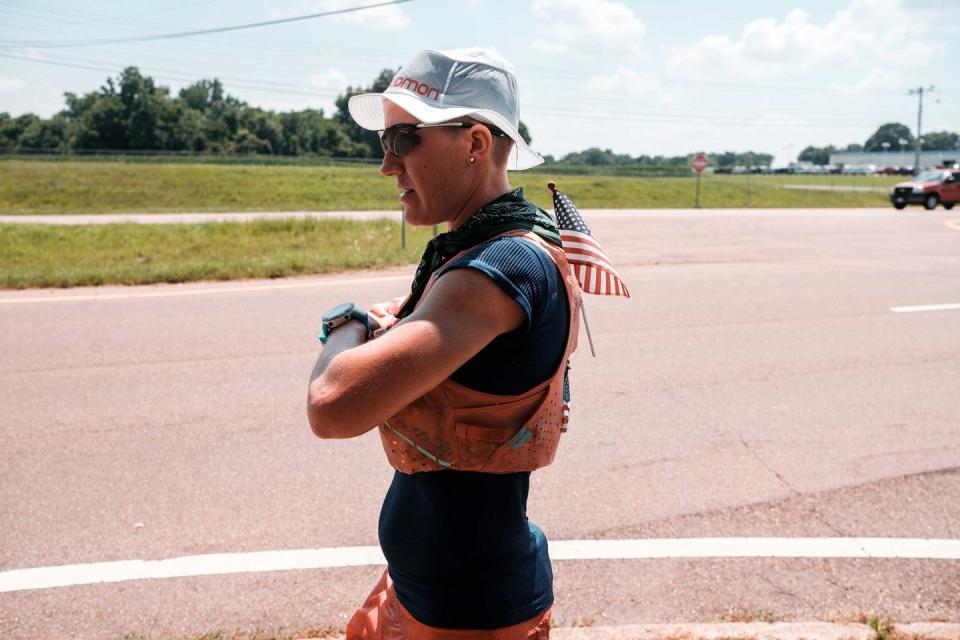

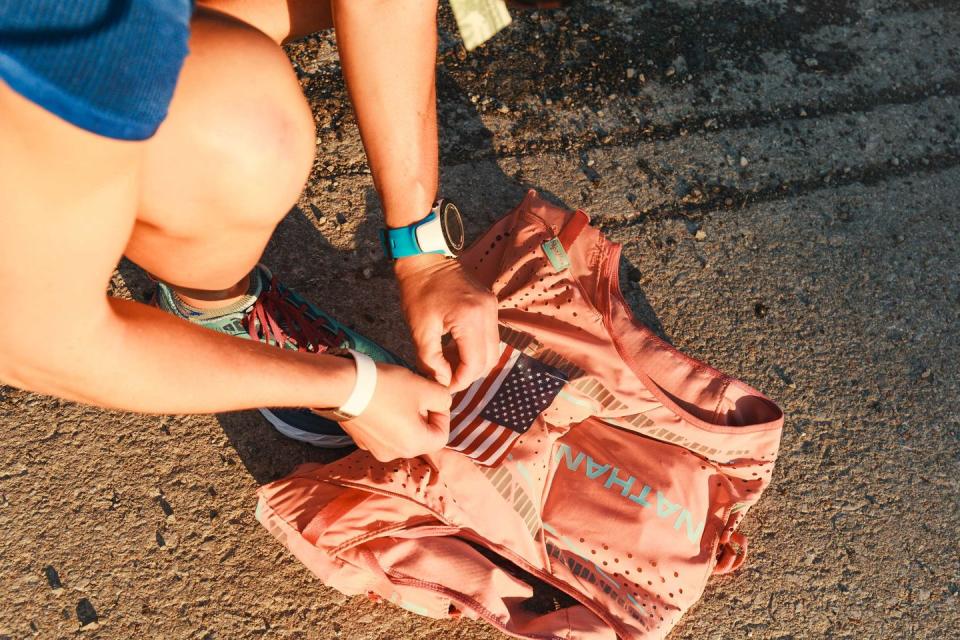
These include classics like Big’s Backyard and the Strolling Jim 40-miler. But only one race leaves state lines: The Vol State. With a 10-day cutoff, there’s a heavy emphasis on self-sufficiency. That doesn’t mean runners are on their own the entire race. There are no official aid stations and you can’t be paced by anyone, but runners can choose one of two ways to compete: “crewed” or “screwed.” Screwed runners (unaided) have to rely on convenience stores and creativity to complete the course. It’s pretty often that runners spend the night on park benches in small towns.
For Rhoda Smoker, 32, of Birdsboro, Pennsylvania, this was just the adventure she was searching for. She started running marathons with her sister in 2011 just to say she did. She never expected to get hooked, or that it would become a family affair that brought her and her parents—her crew—to the start line of Vol State in 2018.
There isn’t an actual starting line or yellow gate. Instead, Cantrell adds his personal flair. “It’s actually the dumbest thing, but it’s kind of cool,” Smoker told Runner’s World. “You take a car ferry across the Mississippi River from Kentucky so you’re in Missouri, and you walk up the hill. And then they start the race and you walk back down, get back on the ferry, and you go back to Kentucky.” As always, it starts with the lighting of a cigarette, though Cantrell was absent last year while on a cross-country walking trip.
[Build your personalized and adaptive training plan for FREE with Runcoach.]
As soon as the ferry returns to Kentucky, the runners are left to the race and their own self-selected checkpoints. For Smoker, that meant getting to the first meeting point with her parents 22 miles into the race.
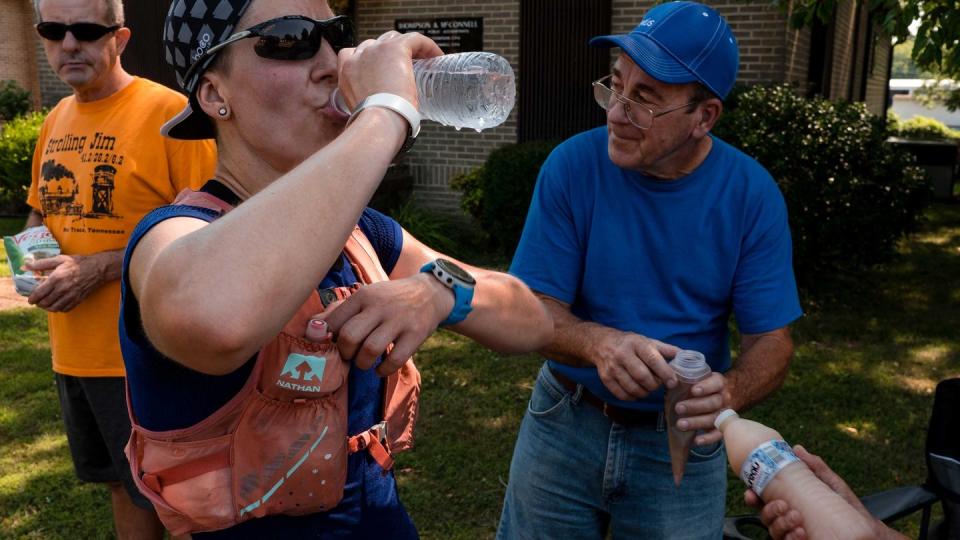
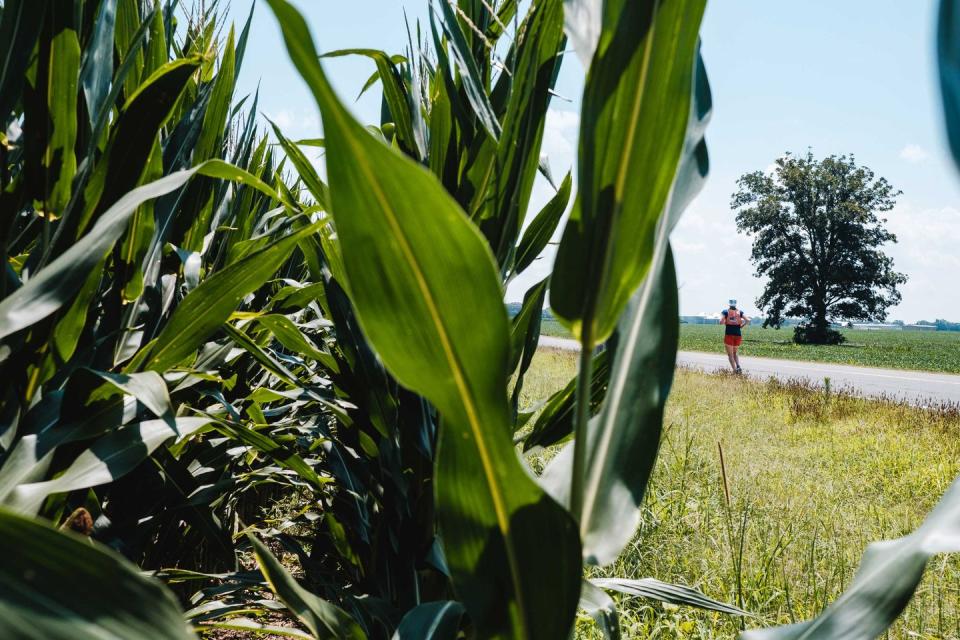
As you can imagine when running for days, navigating highs and lows requires adapting to what the days throw at you. The first afternoon made that abundantly clear. Though many runners advised running at night to avoid the daytime heat, staying on a proper sleeping routine was a priority for Smoker’s success. “I thought that my body would handle it better if I sleep,” Smoker said. “Obviously less sleep, but still on a normal pattern, so I kind of went into it like ‘I’m going to try that’ and after two days if it’s just really not working, like I can’t take the heat. I was fully prepared to bail on it and switch to night running.”
Each afternoon, she hit a lull battling the summer conditions, finding herself hunched over a Subway footlong that she quickly devoured. That was a mistake as it came back up soon after she started running again.
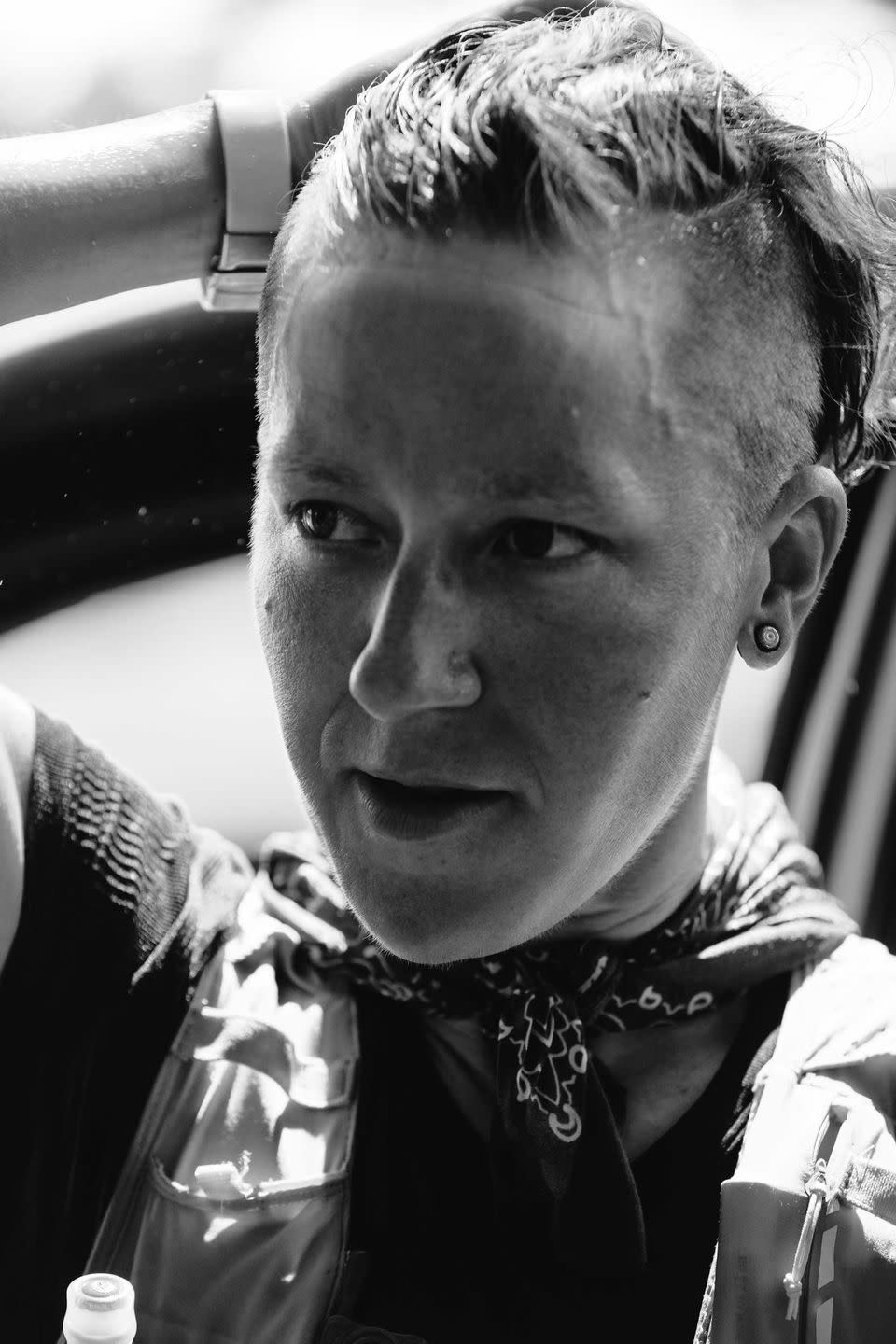
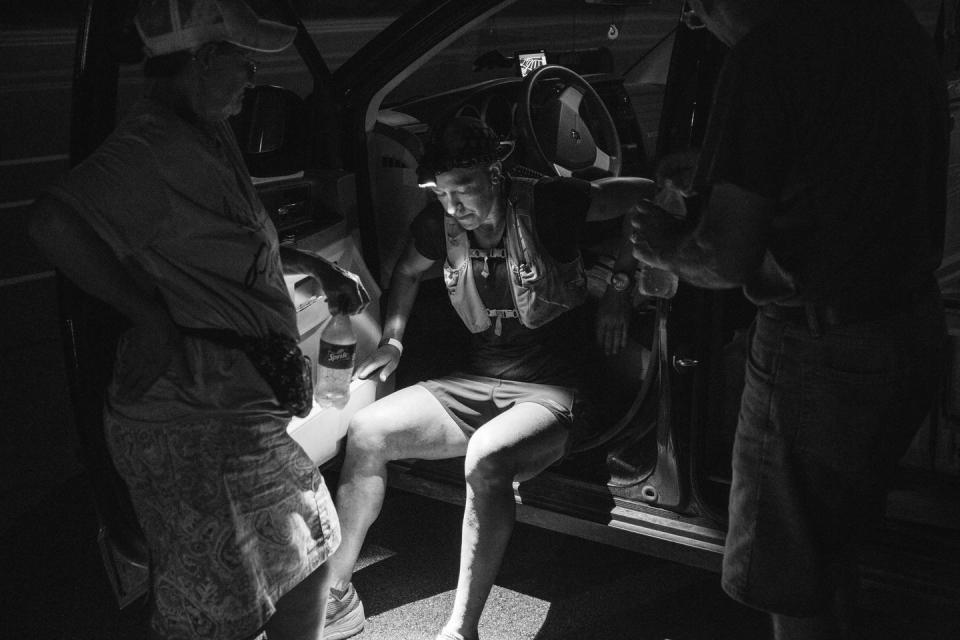
So she adapted to the low afternoons, stopping for lengthier breaks to take in serious calories. Also, with a crew, she was able to manage the heat thanks to plenty of cold water and ice-filled bandanas. On particularly exposed sections, she shed the extra layer of a hydration pack and met up with her parents almost every mile. One time, she even ran into a McDonald’s after seeing a sign for slushies.
Hydration, motivation, and fueling are essentials in any race, but arguably the toughest part of Vol State is the navigation. There are no course markings for the 300-plus mile journey from Kentucky through Tennessee to Georgia. Only a map with turn-by-turn directions that runners carry with them offers any guidance, and even an entire crew can get lost at times.
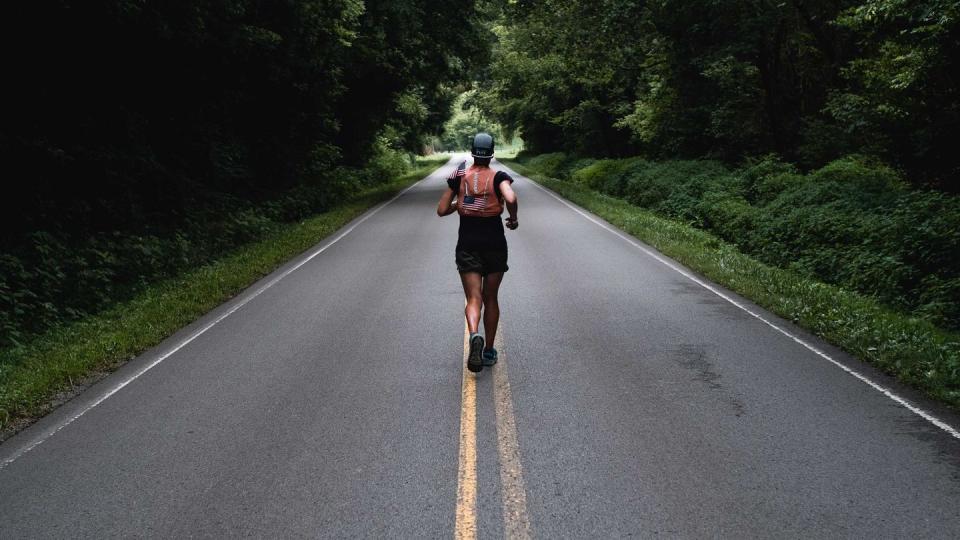
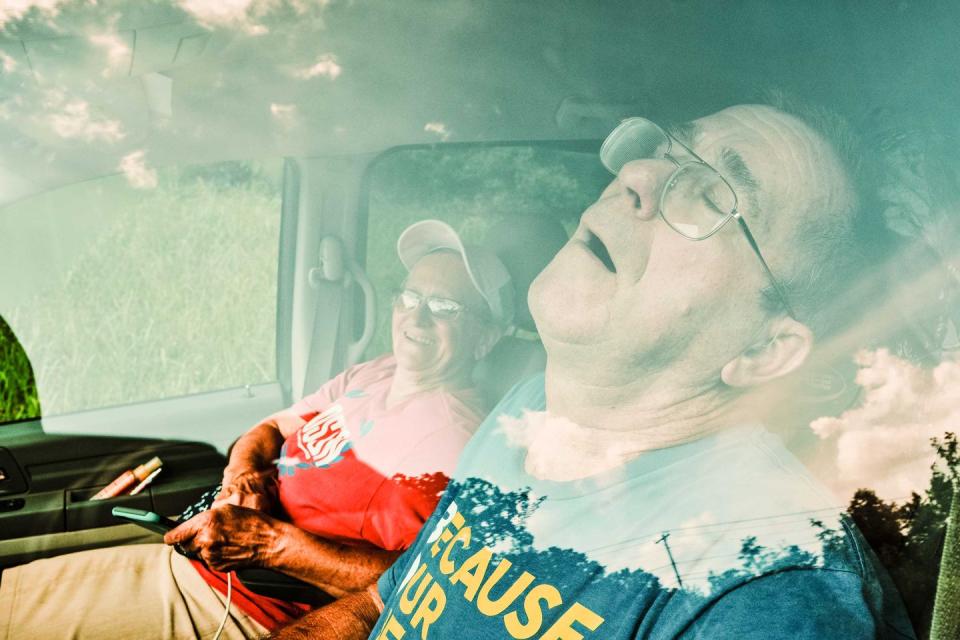
She also quickly realized the Hoka One One Bondis she planned to use mostly were causing blisters. When she could barely put them back on because of her swelling feet, she traded them for the Altra Olympus. “They were all-around roomy. They were great. I wore them the rest of the time.”
Smoker never missed a turn thanks to one race veteran she met on the bus ride to the start. “He was like ‘you want to make sure you don’t miss this.’ If you miss that turn, you do a seven-mile loop and you end up in the town that you came from.” She became more conscious of directions after that.
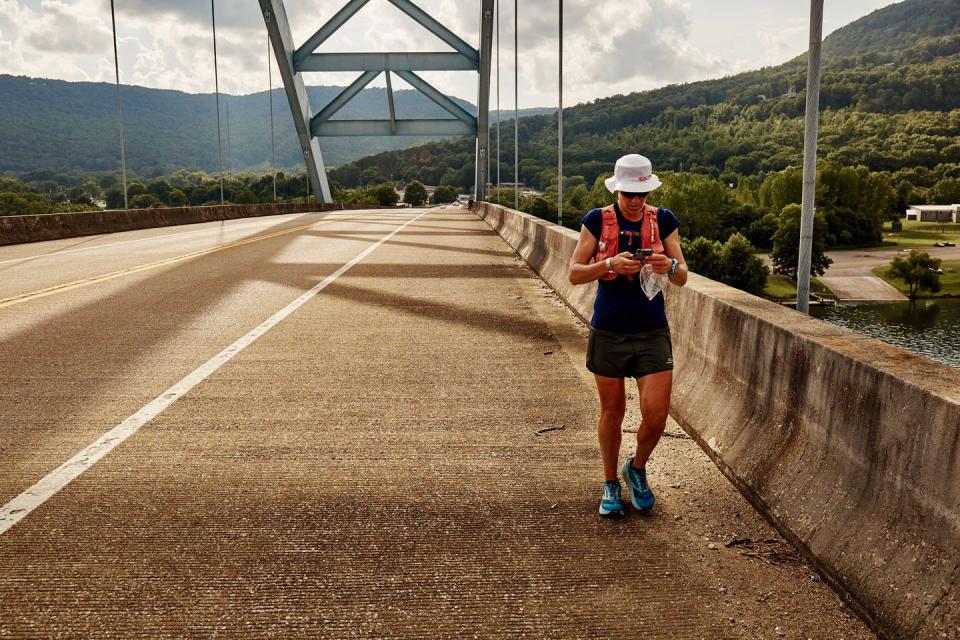
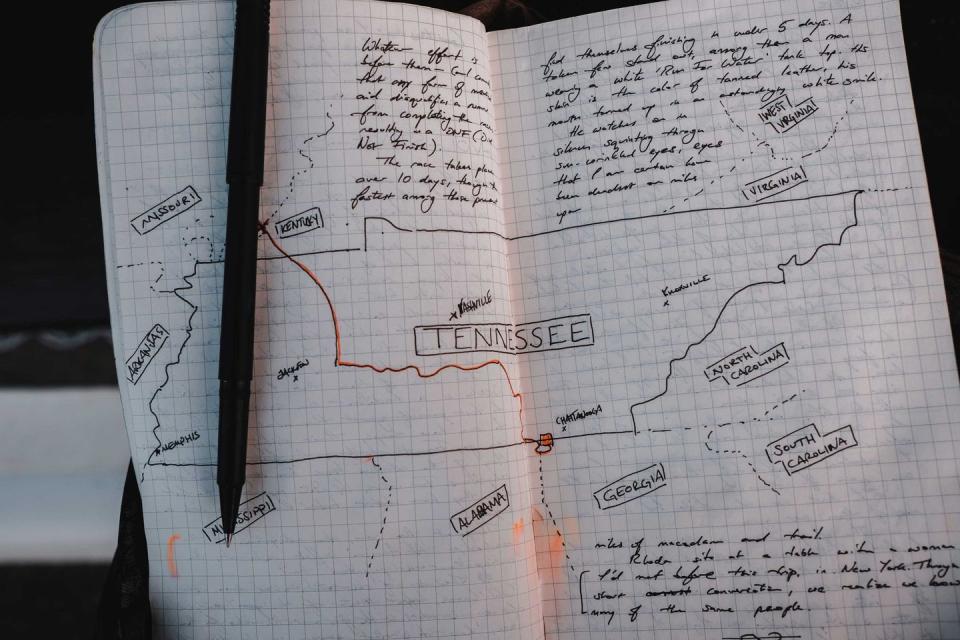
Along the course, interactions were scarce. Smoker would see an occasional racer out of the 113 running, dogs barking, and residents opening up their yards with pop-up tents with coolers and chairs that runners could use.
The only regular Smoker interacted with outside of her parents was Andrea Kooiman. The two women traded the female lead position as Smoker ran by day and Kooiman ran by night, running together for a bit each morning and night before the other stopped. “We became pretty good friends,” Smoker says.
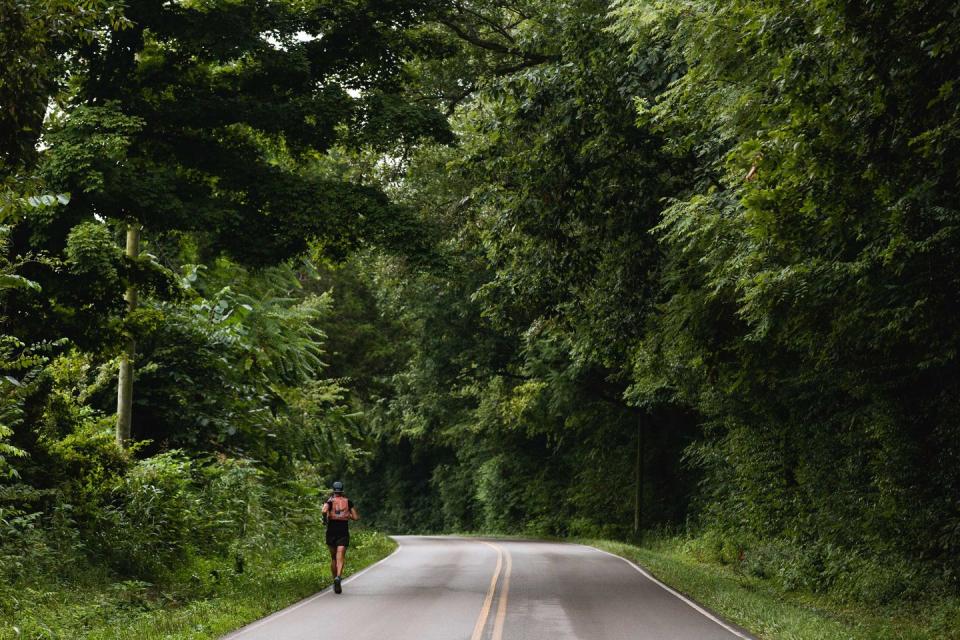
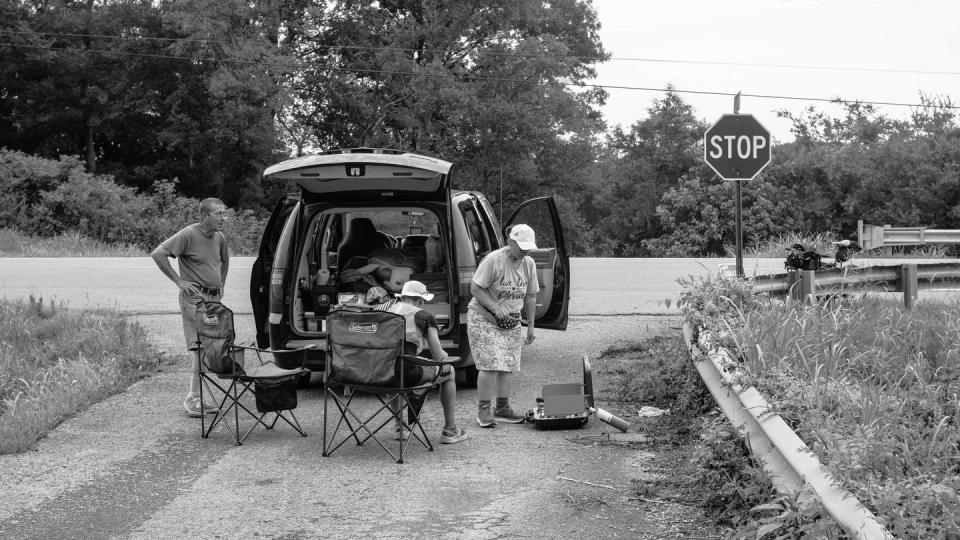
Upon hitting Georgia, the race was on. Smoker did not know how far behind Kooiman might be as the race switched from concrete roads to sand and gravel singletrack. As she climbed the final section, she was greeted by her parents who watched her headlamp bob toward them while a small crew at the base of Castle Rock in Georgia applauded the first female finisher and second runner overall. Smoker’s time: 4 days, 12 hours, 35 minutes—just over 14 hours after the winner Grant Maughan.
Smoker was so happy to see her parents at the top with their car. In less fortunate conditions, runners have to walk two miles back down to their cars.
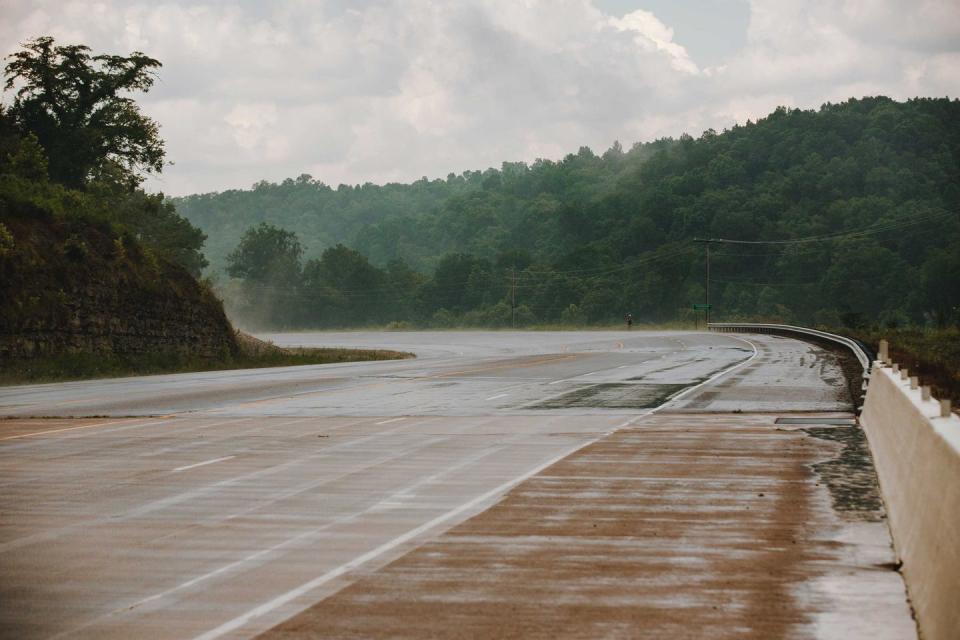
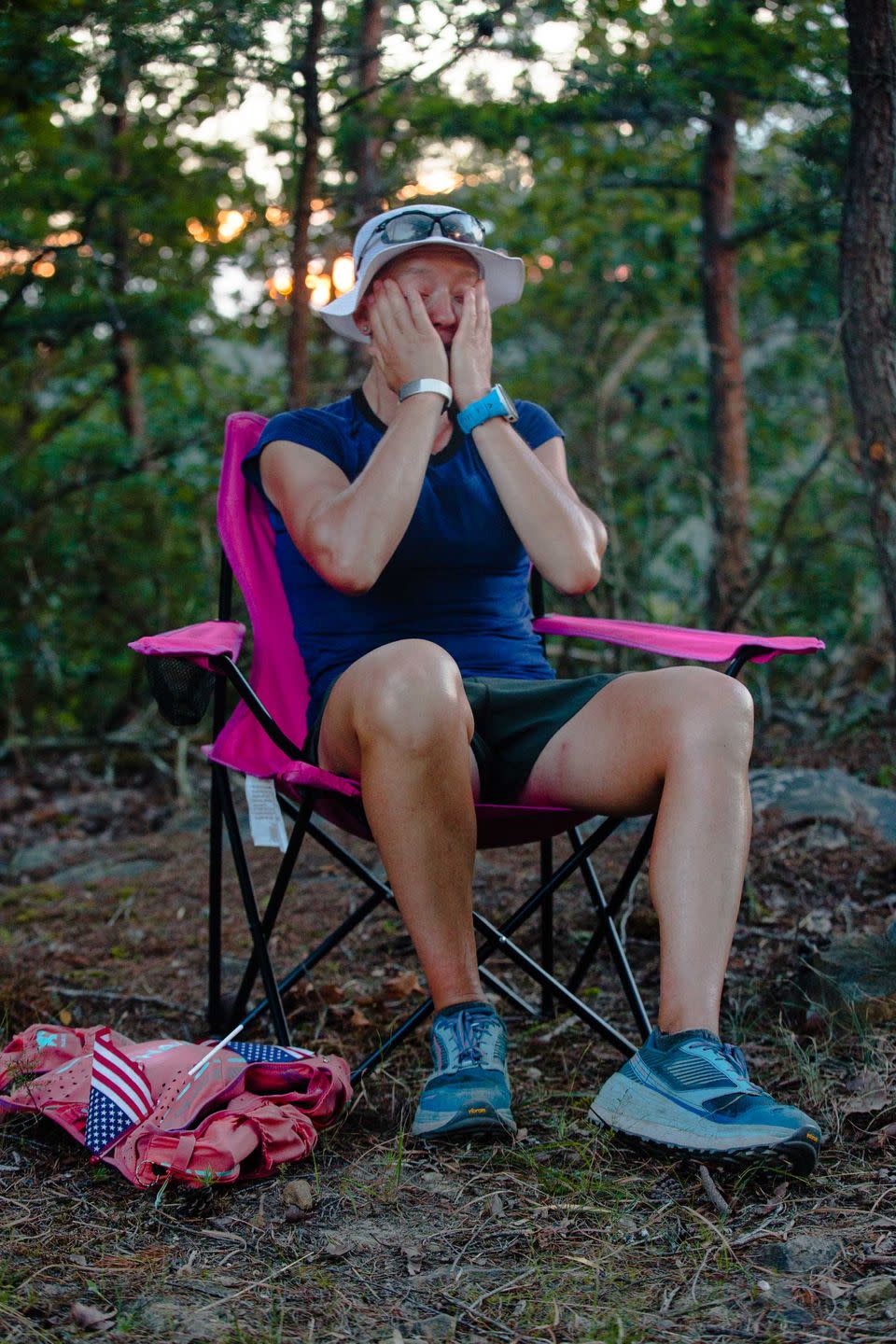
She maintained a smile as she sat down in a small, pink camping chair dubbed “The Throne” by race director Carl Laniak. Sitting there, she broke into tears, and turned to her parents, declaring, “that was the hardest thing I’ve ever done.”
You Might Also Like

